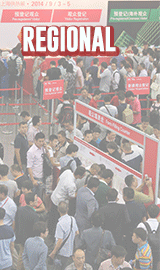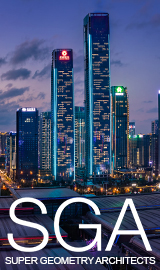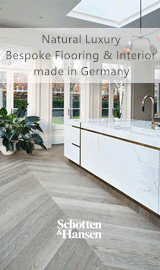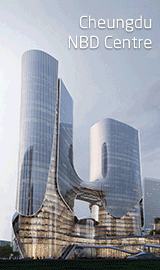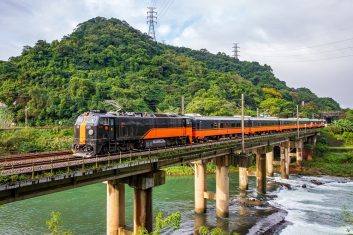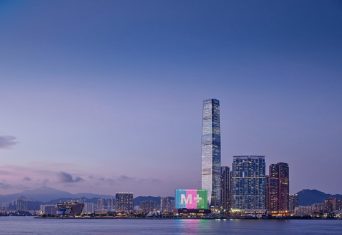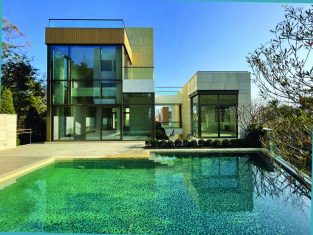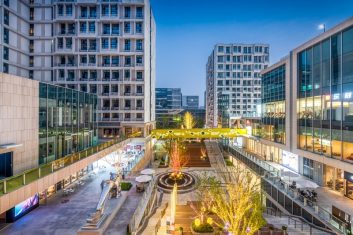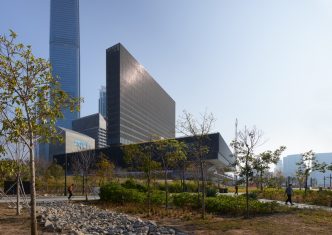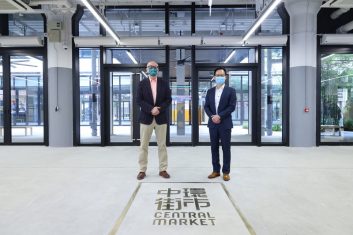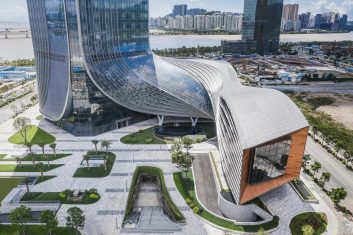COVID-19 is a wakeup call for the Hong Kong construction sector, demonstrating the need for it to embrace sustainability and tackle some of its weakest points for lasting positive change.
(按此瀏覽中文版)
For more than two and a half years, several real-estate projects have been stalled and labour supply has dwindled drastically, due to lockdowns and social distancing requirements. Pandemicera disruptions have also upended supply chains, causing building materials cost to spiral out of control.
Mr. Sammy Hui, Vice President of Hong Kong Facades Association (HKFA), disclosed that prices of construction materials like aluminium increased over 70 percent in 2021. He said: “Never before in my three-decade career have I seen the construction industry being devastated on such a scale. By his estimation, about 70 percent of the city’s construction projects have been affected by the crisis.”
“Given the social distancing and sanitization requirements, project managers are best advised to enforce the government’s guidelines and protocol on construction sites. As for possible contractual disputes over project delivery schedules derailed by the pandemic, the involved parties should lay out the facts and try to seek an amicable settlement.”
Contractually, contractors and sub-contractors can check whether the force majeure clause would be operative in the current climate, he added.
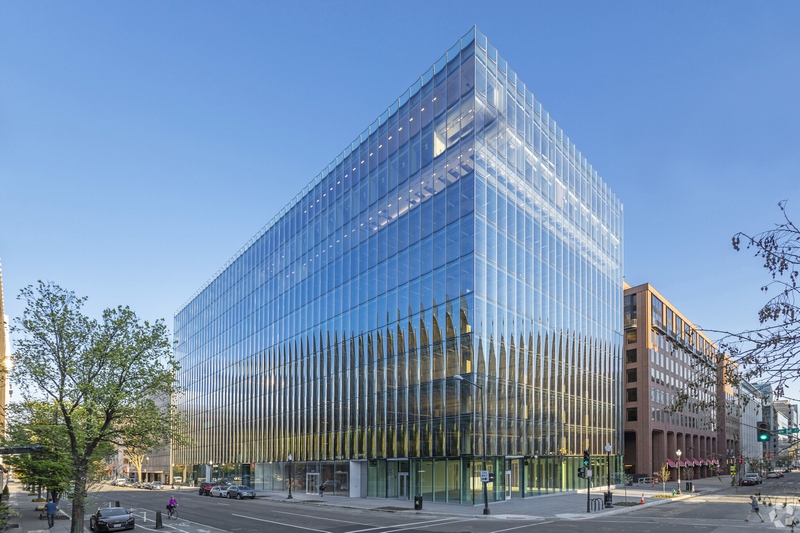
Technology and innovation
“COVID-19 is testing our resilience and ability to translate problems into opportunities. By driving cross-business synergy, we remain committed to steering our industry towards innovation, sustainability, digitalization and greater market satisfaction,” he said.
The use of Building Information Modelling (BIM) software has shown how the industry leveraged on technology and digitalization to overcome pandemic disruptions and much more beyond that.
With working from home becoming increasingly common, Hui said: “BIM, a three-dimensional platform that enables a new building or infrastructure to be virtually mapped out before construction begins, supports remote working through online sharing and collaboration of complex 3D models without interruption despite site closures.”
After the pandemic, BIM will continue to help construction professionals plan, design, and manage building construction more effectively. Hui said: “Data generated from the tool is also used to facilitate Modular Integrated Construction (MiC), where prefabricated components are manufactured offsite in controlled factory environments for final assembly. This result in reduced materials wastage, faster construction and minimal air and noise pollution to arrest global climate change.”
Artificial Intelligence and 3-D printing technology will also bestow the industry with sustainability benefits. “Hong Kong Façade Association is ready to support industry professionals to improve innovation in façade design and engineering,” he said.
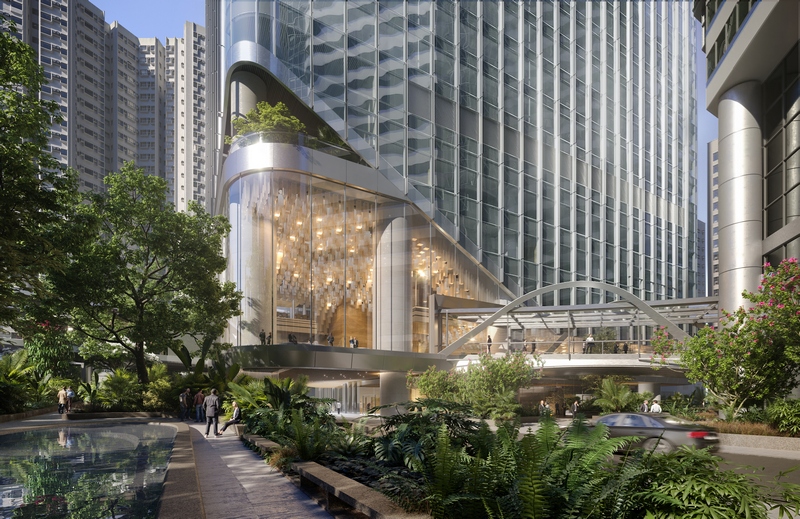
The carbon culprit
While life would not exist without carbon, too much of it being emitted into the atmosphere in the form of carbon dioxide threatens human survival. According to the World Green Building Council, the building sector is responsible for approximately 39 percent of global CO2 emissions. This includes both embodied and operational carbon in buildings.
“Concrete, glass and aluminium are extensively used in modern buildings for the structural strengths and aesthetics they provide. But the challenge is that there are not many building materials with a low carbon footprint,” said Hui.
However, the Hong Kong Green Building Council (HKGBC) devised a locally-based labelling scheme – HKGBC Green Product Accreditation and Standards (HK G-Pass) – to certify environmentally-friendly building materials, products and building services components. “Using the labelling scheme as a guide, builders are empowered to pick materials that are devoid of toxic elements and could be recycled and reused. They can also make procurements from regional suppliers to mitigate carbon footprint caused by long-distance transportation,” he said.
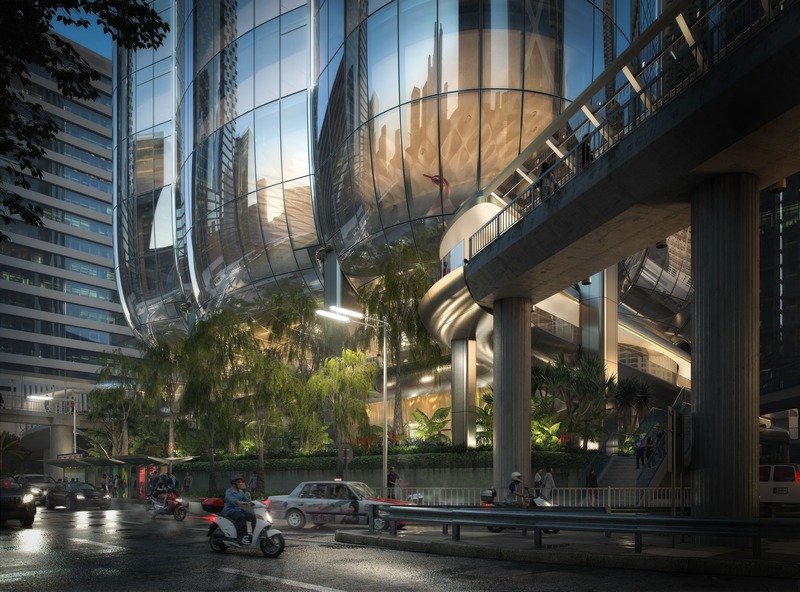
Eco-friendly design practices
There are straightforward measures that architects can implement in a building design to reduce carbon footprint. Hui pointed out: “Design practices to bring natural sunlight and fresh air indoors while ensuring a tight building envelope should be encouraged.
Effective insulation restricts internal thermal loss to the exterior environment. Simple construction details and building orientation can control thermal loss, conserve energy and save on heavy bills.”
Facade durability is just as vital. The longer facades last and the less repair or refurbishment is required, the lesser will be their long-term carbon-impact, which offsets the emissions incurred during production.
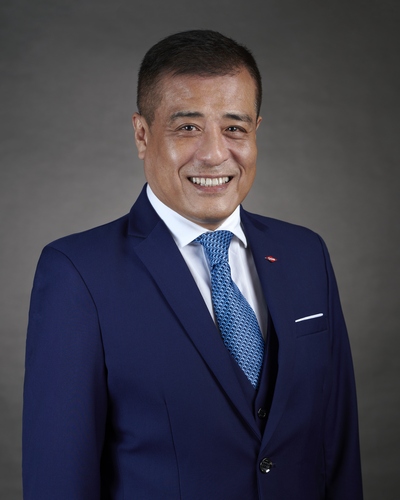
SAMMY HUI
HKFA Vice President
With over 25 years professional experience in building industry, Sammy Hui is the Senior Business Development Leader for Dow Consumer Solutions, based at Dow Chemical Pacific office in Hong Kong, leading business development in the field of high performance building solutions. Hui is a thought leader and ambassador in the area of high-performance sustainable design in architecture. Having held various positions to support the industry professional societies, he is currently Vice President of Hong Kong Façade Association since 2015 and have received remarkable Sustainable Leadership Award at Greenbuild China 2019 conference by U.S. Green Building Council.
Building sustainability in Hong Kong
Hui notes that top-of-the-line buildings in Hong Kong, particularly the recently completed ones, are all compliant with the highest sustainability standards, but the same cannot be said about decadesold residences that predominate the ageing districts. Refurbishing these buildings into sustainable residences is often a thankless task.
“For example, if you want to fix a thick insulated glass into their window frames, you’ll discover that this cannot be accomplished because structurally, old buildings are unable to support the heavier loading,” he continued.
This problem is being progressively resolved. Since the late 1990s, the Hong Kong government has incorporated the idea of sustainability in its urban renewal strategies, with urban redevelopment still ongoing intensively across the city. Hui said: “Most importantly, the government has pledged to achieve carbon neutrality before 2050, making it China’s first city with a specific timeline for such a goal.”
# This article first appeared in Issue #24 of The FAÇADE (2022), the official magazine of HKFA


